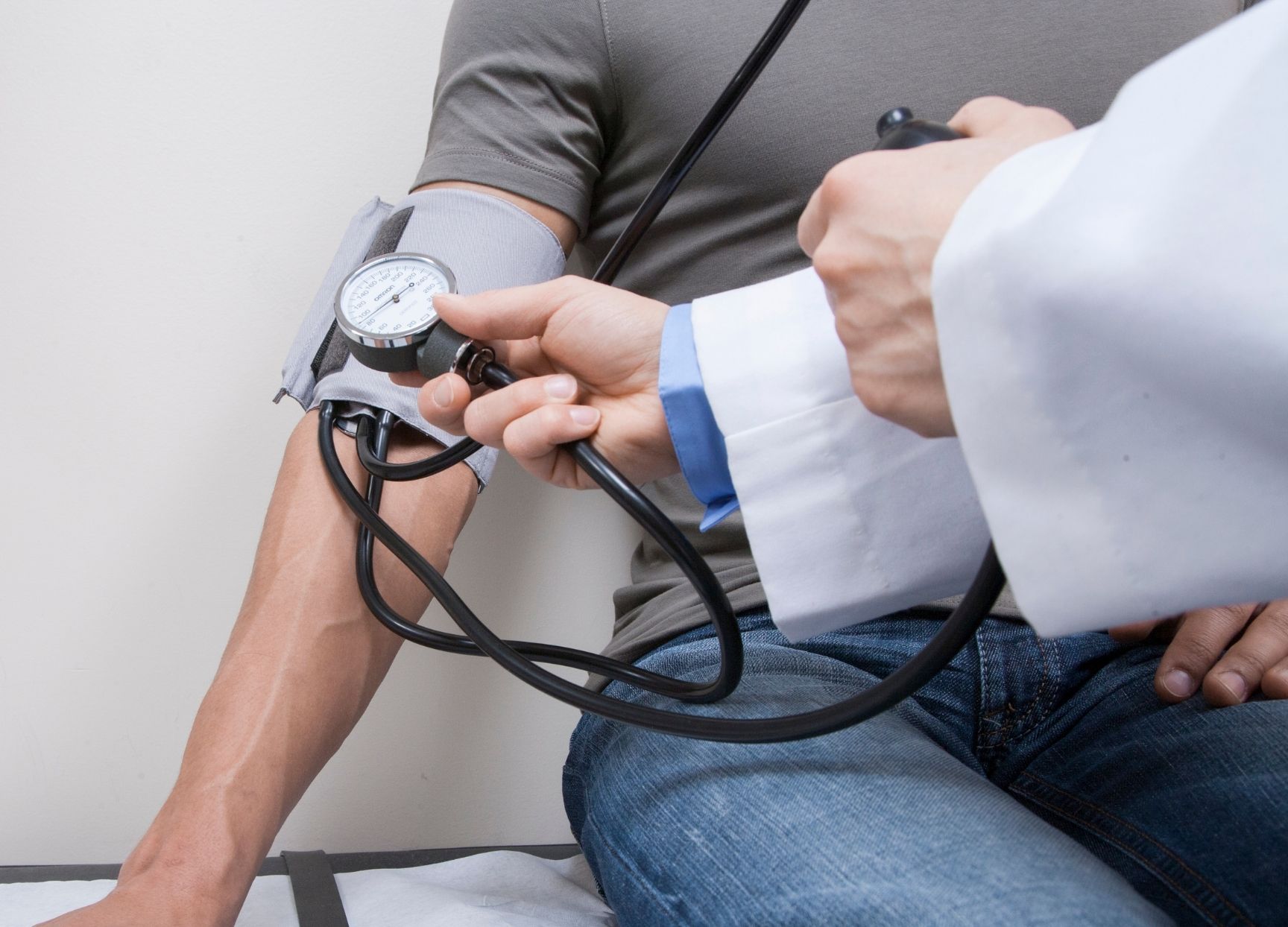Blood pressure measurement can be taken fairly easily. This can either be taken by your GP, or you could buy an upper arm blood pressure cuff yourself. You can view a list of list of approved BP monitors 1 . So if you have symptoms as described above, and want to know if low blood pressure could be causing the symptoms, consider purchasing the blood pressure monitor.
However, it is important to understand that blood pressure fluctuates throughout the day, and people with symptoms of low blood pressure may not necessarily have the symptoms on a constant basis. As such, it may be even more important to document your blood pressure at the time that you might be experiencing the symptoms of dizziness, light-headedness or nausea, which will give a contemporaneous reading at the time of your maximum symptoms.
In my experience, patients present frequently with low blood pressure symptoms, and often do not record blood pressures below the hypotensive reading threshold of 90/60mm Hg. Instead, it is most common to record low normal blood pressures, anywhere between 90/60 to 120/70, with most of my patients having systolic blood pressure readings <110mm Hg. This is in itself an indication of a low normal blood pressure state, which should be considered healthy, unless you are frequently symptomatic with low blood pressure states.
If you are able to record your blood pressure when feeling unwell, then please do so and you may be surprised how variable the blood pressure readings can be, for example with postural change (when standing up, compared to sitting down).
One simple test you can do, particularly if your symptoms worsened consistently while standing, is to:
- Take your blood pressure three times while seated with your legs shoulder width apart, resting calmly on a chair
- Follow this by standing fairly abruptly with legs shoulder width apart, without fidgeting and with your arms by your side, taking a further 5 to 7 recordings repeatedly, over the course of the next 5 to 10 minutes.
- Document this data including your systolic blood pressure, diastolic blood pressure, and pulse rate, with a further column indicating your symptoms at every minute or recording.
Often, this simple chart of 7 to 10 readings of blood pressure and heart rate during an “active stand” test, may offer your consultant sufficient evidence to suggest that the problem may reside in a low blood pressure state.
